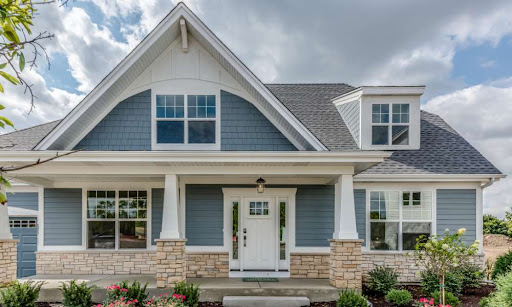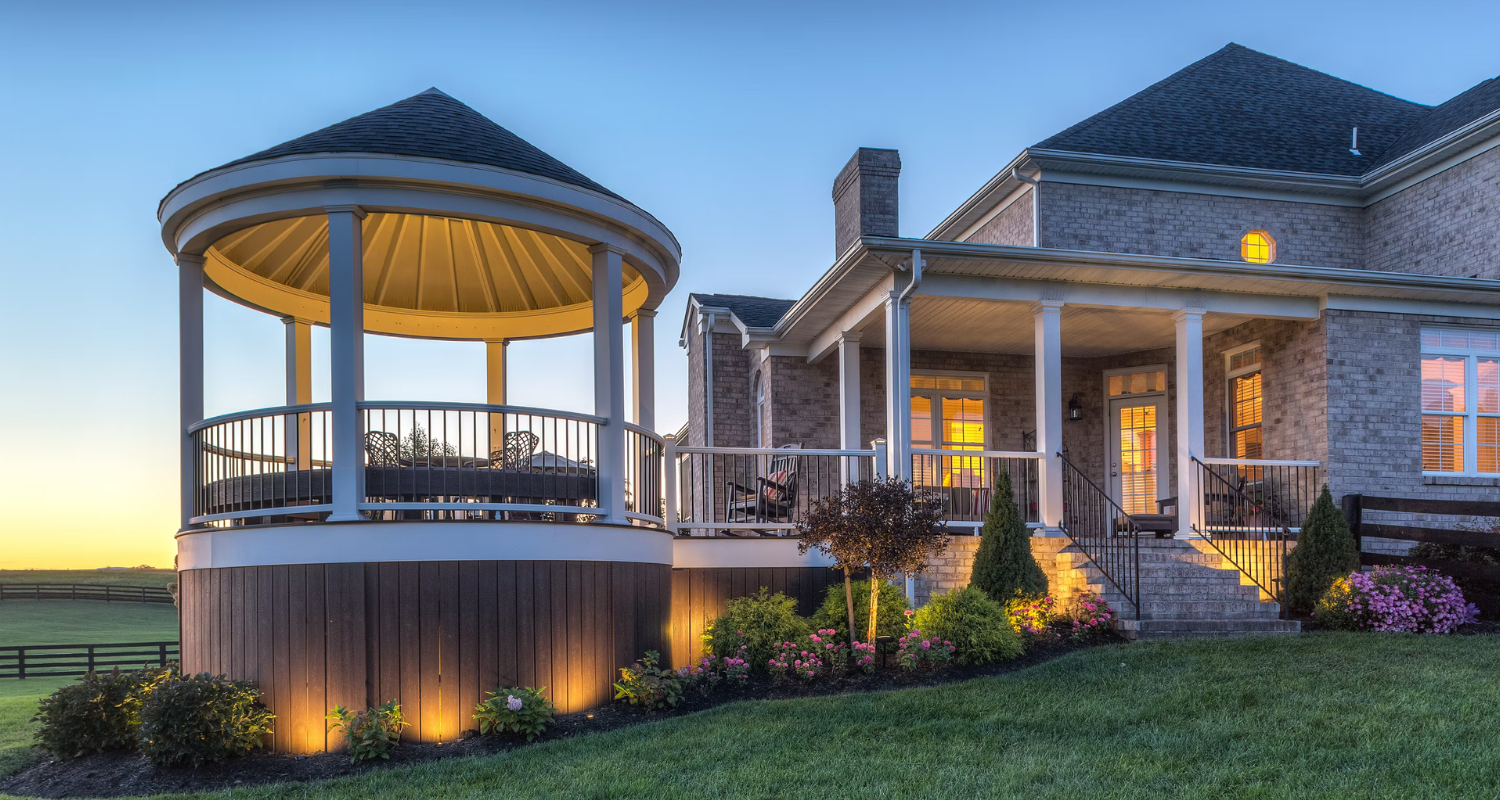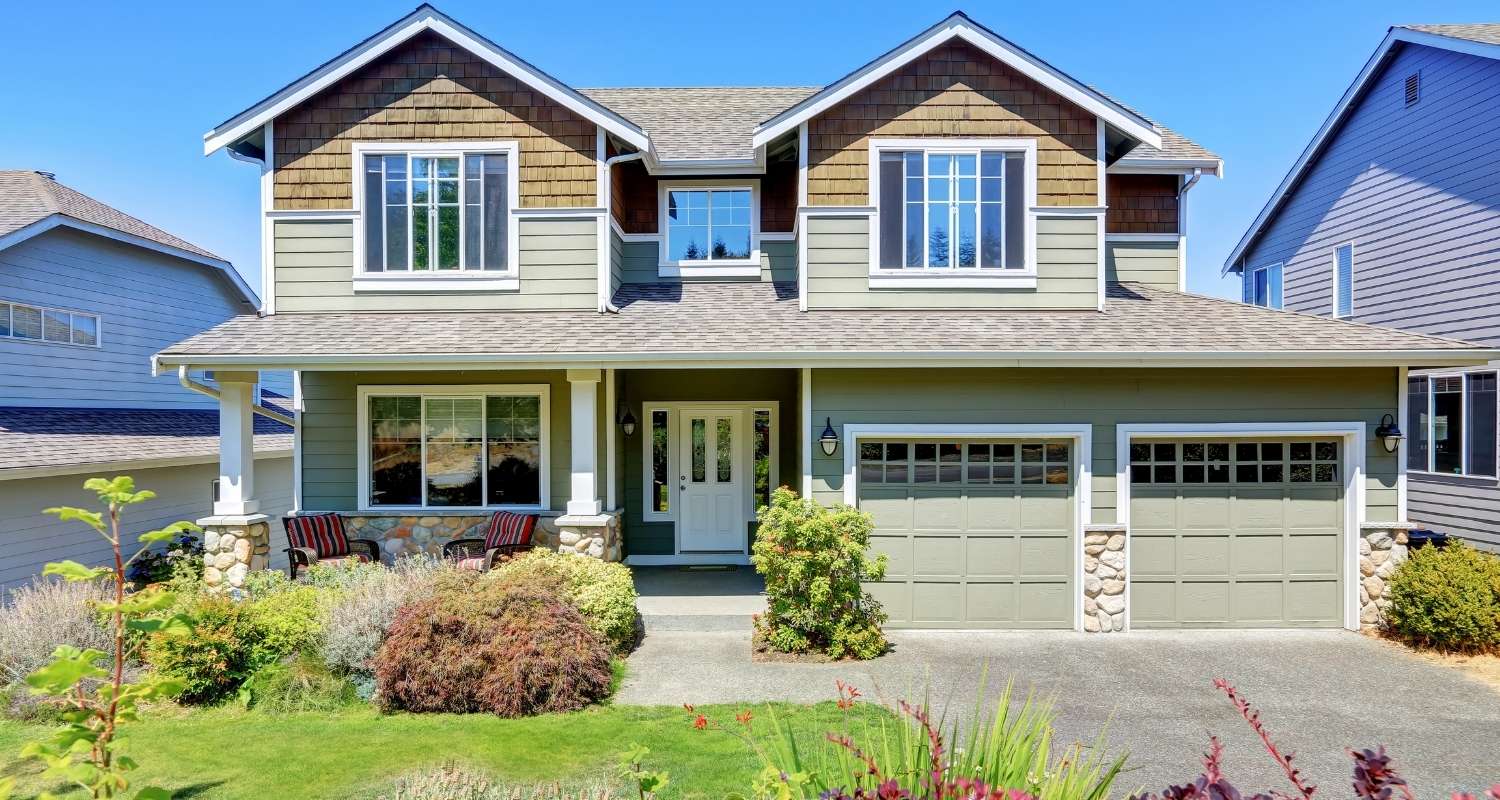Your home’s siding isn’t just about looks—it plays an important role in protecting your house from the elements. Over time, however, it can suffer from various issues like cracking, rotting, discoloration, and moisture damage. The type of problems you experience largely depends on what material you have installed. Learn more about common problems and how to fix siding on your house.
Common Siding Problems and Expert Solutions
Each type of siding has its own potential vulnerabilities, but each problem also has a solution.
Vinyl Siding
Problem: Cracks and Breaks
Vinyl siding is usually tough and reliable but can be vulnerable to fractures or tears due to severe weather, collisions, or natural aging. Not only does this make the exterior look worse for wear, but it also impairs its ability to protect your home from moisture and unwanted critters. Among the most common vinyl siding problems, a vinyl repair kit may do the trick! These kits come with an adhesive that fills and seals any nicks – giving back both looks and strength. For bigger damage covering more space, you’ll have no choice but to replace entire panels instead.
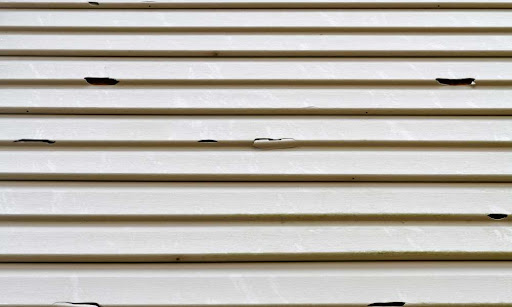
Problem: Fading or Discoloration
Exposure to the sun, harsh weather conditions, and general wear-and-tear can take its toll on your vinyl siding, resulting in it appearing dull or discolored. To restore its original color, professional cleaning or power washing is recommended as a first step. However, if your siding has suffered from long-term exposure to sunlight, then repainting may be necessary for a new lease of life.
Wood Siding
Problem: Rot and Decay
This is a classic choice for many homeowners, but one of the most common wood siding problems is decay and rot. This is because wood naturally absorbs moisture over time, causing fungal organisms to break down the material in areas close to the ground or at corners. To keep your siding looking its best, inspect it regularly for signs of decay like discoloration, flimsy wood texture, and crumbling pieces. Routine maintenance will help protect your siding against future damage; this includes applying treatments such as paint stains or preservatives that are suitable for wood surfaces.
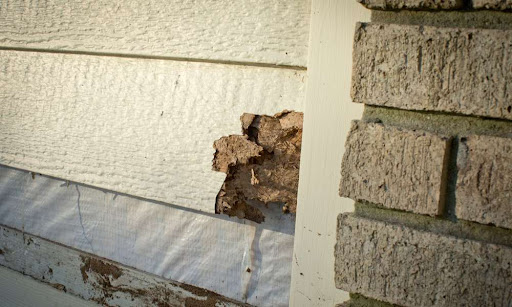
Problem: Pest Infestation (Termites, Carpenter Bees, etc.)
Pests, particularly wood-boring insects such as termites and carpenter bees, can cause considerable destruction to wooden siding. They burrow into the wood to make nests, which weakens its structural integrity over time. If you notice signs of insect activity, holes in the material, or sawdust – contact a pest control specialist immediately. They’ll evaluate the situation accurately, eradicate any pests present, and provide advice on how to stop future infestations from occurring.
Cedar Siding
Problem: Cupping and Splitting
Cedar siding is renowned for its longevity and resistance to decay, but it can be vulnerable to cupping and cracking. As cedar absorbs moisture, warping occurs, leading to the aforementioned issues. Ensure your cedar siding is regularly sealed or stained to avoid these cedar siding problems. If any boards are severely damaged, replacing them is generally the best option; proper installation and sealing of new boards will help prevent future problems from arising.
Problem: Mold and Mildew
Cedar siding can be a breeding ground for mold and mildew if consistently exposed to moisture and deprived of sunlight. When left unchecked, these fungi can corrode the wood – posing potential health risks. To combat this, give your siding a good scrub with mildew cleaner or water mixed with bleach. Afterward, properly seal it by applying a top-notch preservative stain to stop any future growth in its tracks!
Stone Siding
Problem: Loose or Falling Stones
Stone siding is a top-notch option for durable exterior walls, but it isn’t invulnerable. Over time, stones can come loose or fall off due to the decaying of the adhesive and mortar keeping them in place or from structural shifts in the building. To remedy this issue, you must reattach each stone with an exceptionally strong adhesive or mortar designed specifically for stone siding material. If there’s extensive damage to multiple stones, it’s best to consult a professional so that repairs are completed correctly.

Problem: Efflorescence (White Deposits)
Stone siding can be plagued with efflorescence, a pesky issue caused by water seeping through and dissolving minerals. When the liquid evaporates, chalky white deposits are left behind on the stone surface. To rid yourself of this problem, give affected areas a thorough scrubbing using a mix of detergent and water. This will help to effectively remove any stains that may have developed over time.
Fiber Cement Siding
Problem: Cracks and Chipping
Fiber cement siding is renowned for its durability and resistance to common exterior issues, but it can still experience cracks or chips over time. To patch up minor damage, grab a high-quality caulk designed especially for this material. This specialized adhesive sticks strongly to the siding while remaining flexible enough to handle changes in temperature without cracking. For larger fractures or more extensive wear and tear, you’ll have to replace the affected sections altogether.
Problem: Moisture Damage
To keep fiber cement siding in great shape, proper installation is key. This includes installing appropriate flashing and sealing to prevent water infiltration. Maintaining it with regular cleaning and occasional re-painting or resealing will also maintain the moisture resistance of your siding for long-term durability.
Aluminum Siding
Problem: Dents and Scratches
Aluminum siding is renowned for its toughness, but it can be susceptible to dents and scrapes. To fix minor dents, use a heat gun or hair dryer to carefully warm the area – this will make the metal expand. Counter that by cooling it with cold water on a cloth. This should cause the metal to shrink back into shape and help pop out any dents. Heftier dents or scratches may require replacing panels. If you want a top-notch outcome, try seeking professional help!
Problem: Fading or Chalking
Over time, aluminum siding can lose its color due to the sun and other elements. It may also become chalky from oxidation. To restore your siding’s original look, give it a good cleaning with a mild detergent mixed in water and use a soft brush or sponge. If significant fading is present or if there’s heavy chalking, repainting the surface with an exterior paint suitable for aluminum might be necessary.
Importance of Professional Examination and Repair With DiGiorgi
Don’t settle for subpar siding repairs – trust the experts at DiGiorgi Roofing and Siding. We have the tools, knowledge, and expertise to identify hidden problems that may not be visible to a DIYer. Our professionals provide comprehensive assessments to ensure your home is protected from future damage too.
We guarantee long-term functionality, durability, and aesthetics with our repair services, so you can feel confident knowing your home is in good hands. And if you’re ever curious about what we offer when it comes to siding work – visit our siding page for more information and get a quote today!

